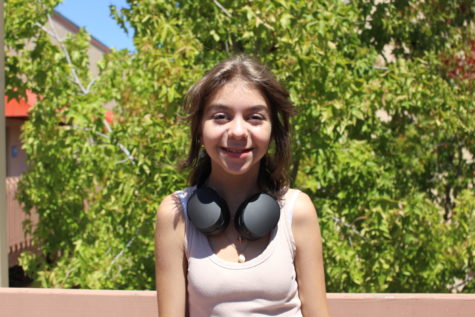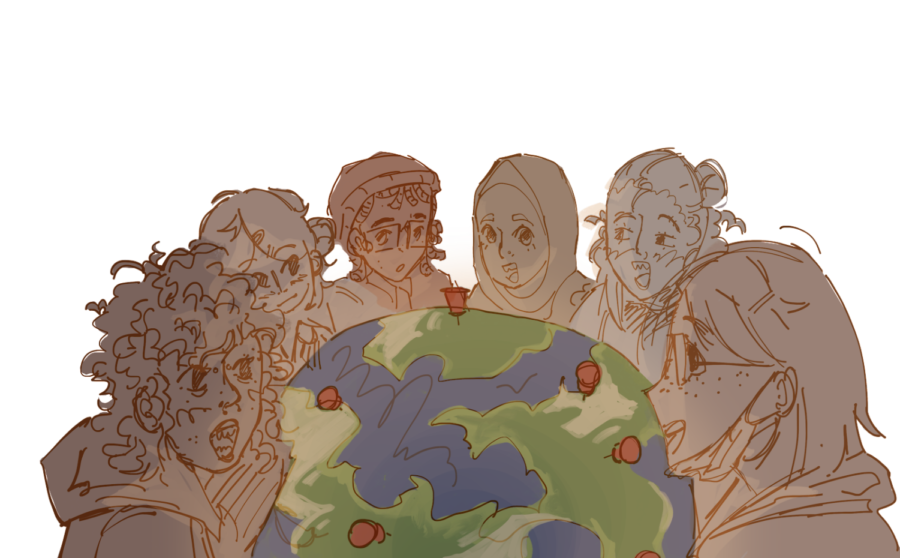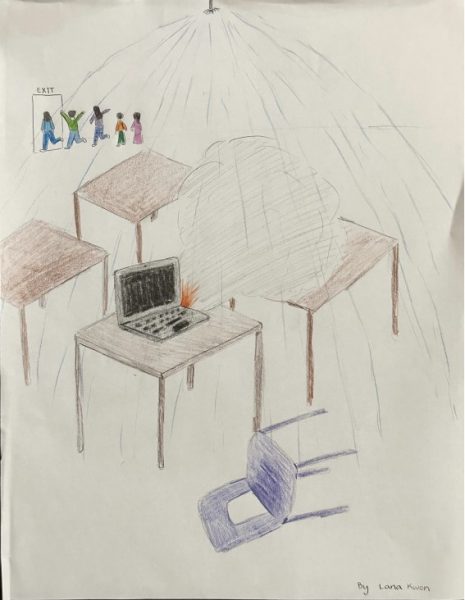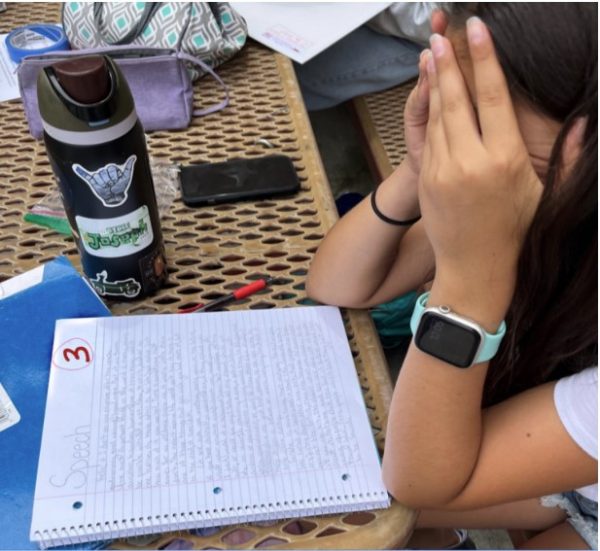Staff Editorial: Fostering Unity Within Community
Within our Woodbridge High community lies many micro-communities, and it is essential for us to recognize these groups’ roles in our larger community.
Woodbridge High is home to many communities and the idea of unification is seen strongly on campus.
When you think of a community, what do you usually think of? Perhaps you think of a family, a neighborhood, a workspace, a school, a city, or even a country. Perhaps you think of people of the same race, ethnic background, or people of a certain sexual orientation, or religion.
While bigger communities tend to receive more visibility, we cannot forget about the smaller communities that encompass Woodbridge High’s larger, collective community.
The question is: How do these smaller communities play a role in our one, bigger community at Woodbridge High?
According to a study by Am J Public Health, “community was defined similarly but experienced differently by people with diverse backgrounds.” The study explains that, at its core, a community can be a group with differing people who share the same views.
Psychology teacher Tim Murray acknowledges how, in communities around campus, many communities center around working towards a common goal.
“It’s not just about you, it’s about everyone in the team, everyone in the community. And for the community to get sort of the respect it deserves, right? You would want to be working with your team so that the entire team gets the recognition,” Murray said.
Likewise, the presence of solidarity, or unity, can also be prominent as individuals share common beliefs, values or morals. This sense of solidarity can exist within any community, whether large or small.
The Organization for Peace and Development defines solidarity as “a recognition that we are ‘all in this together,’ and is a commitment to strengthen community and promote a just society.”
Junior Talya Seker Gafni’s sense of identity became reinforced after being exposed to different cultures.
“I moved to America from Israel when I was 8 [years old]. As I grew up, my identity got stronger. Living in America where there are so many cultures, having a strong identity you can stick with is important to staying true to yourself,” Seker Gafni said.
While shared values are not necessarily required, solidarity is essential for a community to thrive.
Identified as an Indian American, junior Rayna Ganju believes that solidarity can be encouraged by acknowledging other cultures and perceiving adversity as a uniting force.
“I think solidarity is important for the collective growth of a community because I believe shared experiences and beliefs are how people connect with one another,” Ganju said.
Overall, the general concept of community remains the same, but it can look differently in practice.
Since 1980, Woodbridge High’s mission has been to “celebrate diversity as a strength of community.”
As our campus becomes increasingly diverse, we must recommit ourselves to our foundational values. To support a more inclusive campus, Woodbridge High should actively promote its social and cultural clubs, foster deeper student connections in homeroom, and encourage student feedback.
Woodbridge High should promote these clubs through monthly shout-outs on Canvas, Instagram, and parent newsletters.
Fostering deeper student connections in homeroom is another critical step.
“Right now, making connections in homeroom is not organic,” junior and UCI DIRHA ambassador Senna Yamamoto said. “We should encourage students to converse more freely, maybe during the holidays we could do a gift exchange to help people better connect.”
Finally, student feedback should be more strongly encouraged.
According to Harvard University, when schools create a culture of feedback, they “send a strong signal to students that they care about their point of view.”
Yamamoto shares that diversity in humanities curriculum remains a work in progress but acknowledges Woodbridge High is moving in the right direction.
“The content can be limiting, but the teachers do provide variation,” Yamamoto said. “For instance, we’ve looked at female authors in Honors American Literature, and in history, we research the women’s and civil rights movements.”
Furthermore, we need to spotlight underrepresented communities, rejecting any preconceived notions that we have.
“We need to put our egos away and embrace communities so we can learn,” senior Kamalesh Sadu said.
While we have taken strides toward fostering an inclusive community, there is still work to be done. As we start making an active effort towards inclusivity, we can help smaller groups come to light.
Your donation will support the student journalists of Woodbridge High School. Your contribution will allow us to purchase equipment and cover our annual website hosting costs.

Hey Warriors! I'm Sidra Daker - a staff member in the Golden Arrow's illustration team for the 2022-23 school year! I'm so excited to be able to use my...







